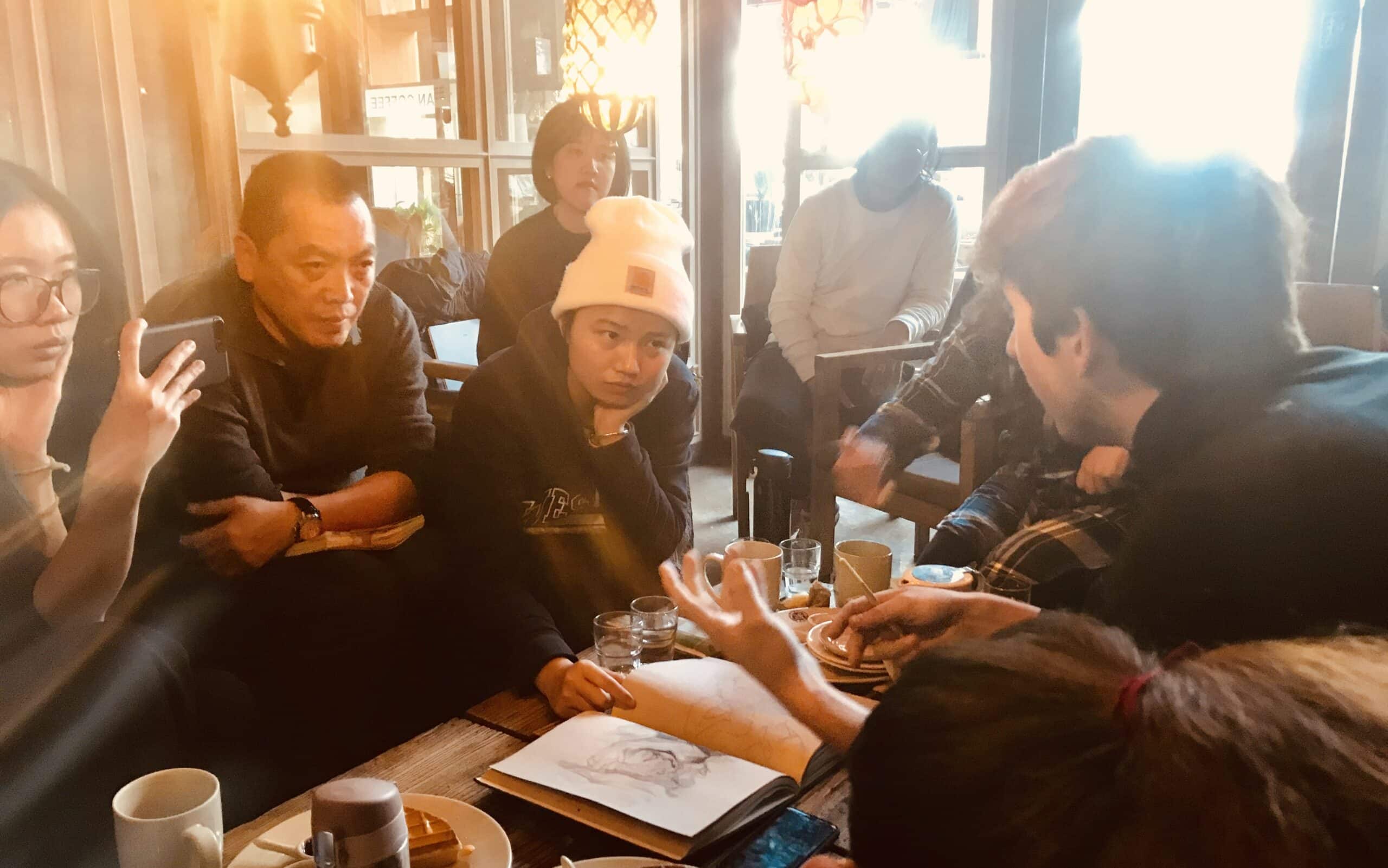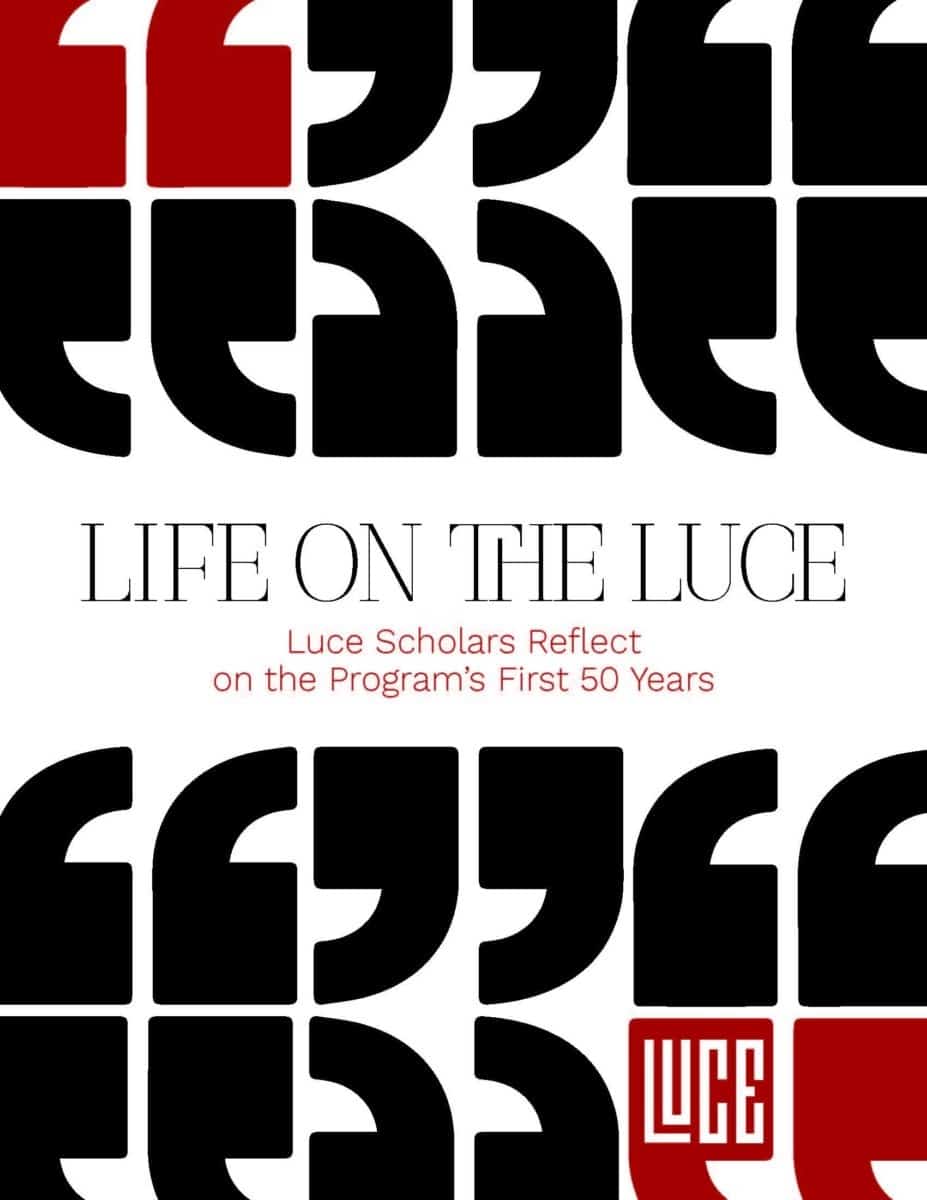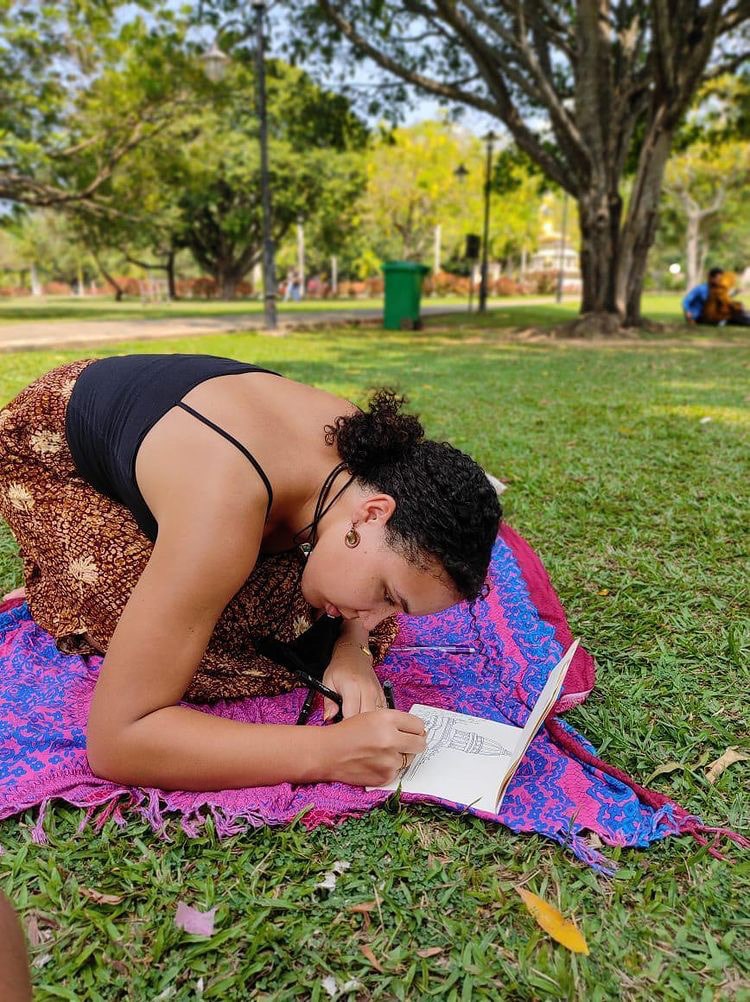Facts are subjective, history can be rewritten, and the fake is often indistinguishable from the real. America has transformed into a post-fact society, where the true and untrue are interchanged at will. China too faces the many challenges posed by the disintegration of fact. Throughout my Luce year, I’ve found it difficult to gauge the amount of information those I’ve met in China know. I’ve also begun to question the degree of validity behind information I assume to be true. A man who goes by the WeChat ID “Rexrex0412” on East Gulou Street tells you that what he’s selling isn’t fake. This season’s Gucci and Balenciaga, complete with perfectly branded labels, are, to be fair, very convincing. However, the vacuum-wrapped bundles he receives from Shenzhen make it clear that these are replicas of their in-store originals. Their labels turn out to be far more interesting than the clothes: along the inner seam of a black Prada jacket, a tag reads “Made in Moldova.” This is translated into thirty-two different languages, alongside thirty-two iterations of washing instructions and fabric content. For me, this exemplifies the subjectivity of truth, especially as it exists in China. The truth behind this jacket is that it was made in a Chinese factory, but replicating the true jacket means that it must say it was made in Moldova.
Often, retelling Chinese history works in a similar way. Facts are generally acknowledged but there is also the expectation that society recount events in accordance with an accepted record. I am interested in the dynamics between individual and group identities. But in a society that constantly censors and reshapes its past, doing this is exceedingly difficult. Language barrier aside, the biggest hurdle I’ve faced while taking classes at Beijing’s Central Academy of Fine Arts has been understanding what my classmates and professors accept as fact. Art, an important record of social history, often relies on the immutability of fact. And while postmodernists would scoff at this notion, it is undeniable that the work of Walker Evans would carry little weight if we suddenly agreed that the Great Depression never happened. So, in a context where fact is hard to establish, I’ve had to find different ways of understanding society and making artwork.
What I’ve learned is that the strongest art approaches fact indirectly. It moves away from specificity, generalizing to a larger set of human principles. It poses questions rather than making statements. This is not meant to disregard the bravery and sacrifice of individuals who’ve confronted governmental suppression and disinformation. Rather, my point is that in order to create in this system, artists and intellectuals are often forced to take a tangential approach when questioning society. College made it easy to rely on overly conceptual art jargon when explaining my work. But beginning classes in Beijing, without the ability to order food, let alone talk about postmodernism, required me to strip my ideas down to their most basic level. Although my Chinese has certainly improved, I’ve made an effort to maintain this method of expression. It ensures that I am simultaneously more deliberate and less specific, tapping into universal and seemingly apolitical human trends. It also encourages me to ask questions and engage with my colleagues, rather than observe independently.
With the next six months in mind, I am eager to continue developing a body of work for an exhibition this summer. More than the opportunity to show my paintings, this presents an opportunity for meaningful engagement with the Beijing community and greater understanding of China’s social landscape.



